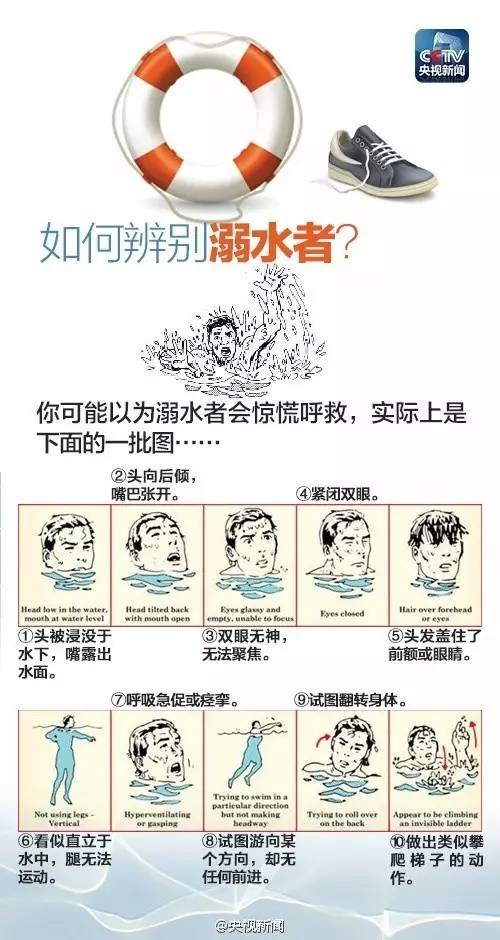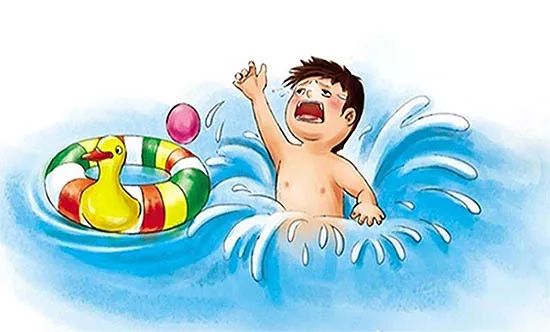摘要:一名7岁男孩在澡堂溺水,不幸患上吸入性肺炎。此事提醒人们关注儿童安全问题,特别是在公共场所的监管和照顾缺失。该男孩的病例涉及多种说明方法,包括临床表现、诊断手段和治疗措施等。关于该病例的具体细节尚待进一步披露和探讨。
Title: A 7-Year-Old Boy's Drowning Accident in a Bathhouse and a Persistent Solution
It was a fateful day when a 7-year-old boy suffered from aspiration pneumonia due to an accident in a public bathhouse. The incident occurred unexpectedly, highlighting the importance of safety measures and awareness in public places. This article aims to discuss the incident, its aftermath, and a persistent scheme designed to prevent similar occurrences in the future.
On that fateful day, the boy had gone to the bathhouse with his family for a relaxing soak. Unfortunately, while playing in the shallow water area, he accidentally slipped into deeper water and started struggling to stay afloat. Despite the efforts of the staff and other bathers, they could not prevent the boy from drowning. Immediately, the staff rushed him to the nearest hospital for treatment.
The doctors at the hospital diagnosed him with aspiration pneumonia due to water entering his lungs during the drowning episode. They explained that the situation was critical and required immediate treatment. The boy underwent several days of treatment and care, which gradually brought him back to health. However, this incident left everyone with a profound lesson about safety awareness in public places.
The incident sparked discussions about safety measures in public bathhouses. Many parents expressed their concerns about their children's safety in such places. They demanded that more attention be paid to safety measures in public pools and bathhouses to prevent similar accidents from happening again.
In response to this incident, a persistent scheme has been designed to ensure the safety of children in public bathhouses. The scheme involves several key components:
1、Safety Training for Staff: The first step is to provide extensive safety training for all staff working in public bathhouses. They should be informed about various safety measures, including rescue techniques and first aid procedures. This will help them respond promptly and effectively during any emergency situation.
2、Safety Equipment: The second component involves providing necessary safety equipment in bathhouses, such as lifebuoys, rescue boards, and emergency buttons. These will help children stay safe while playing in the water and provide them with a safe environment.
3、Supervision and Monitoring: The third component involves ensuring proper supervision and monitoring of children in bathhouses. Designated areas for children should be under constant surveillance by trained personnel who can respond promptly during any emergency situation.
4、Parental Education: The fourth component involves educating parents about safety measures in public bathhouses and pools. They should be informed about various safety measures that they can take while accompanying their children to these places. This will help parents stay vigilant and ensure their children's safety during their visit to public bathhouses.
5、Regular Safety Checks: Lastly, it is essential to conduct regular safety checks in public bathhouses to identify any potential hazards or risks that may pose a threat to children's safety. This will help identify any issues and address them promptly before they become a cause of concern for everyone.
In conclusion, this incident has brought awareness about safety measures in public bathhouses and pools. It has highlighted the importance of providing proper training, equipment, supervision, and parental education to ensure the safety of children in these places. The persistent scheme designed will help prevent similar accidents from happening again in the future and ensure the safety of children in public bathhouses across different regions.




 黔ICP备2023012121号-1
黔ICP备2023012121号-1 黔ICP备2023012121号-1
黔ICP备2023012121号-1
还没有评论,来说两句吧...